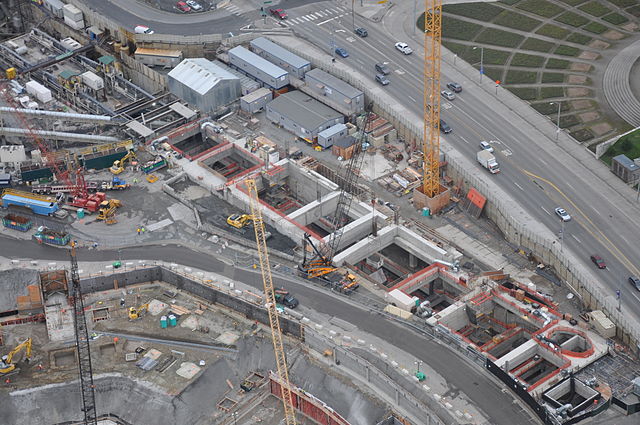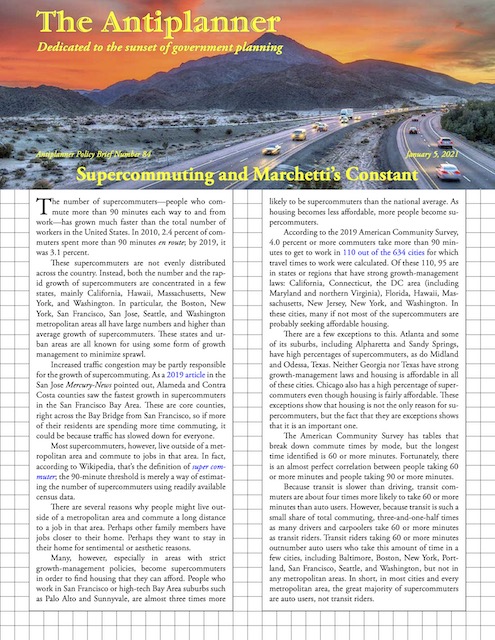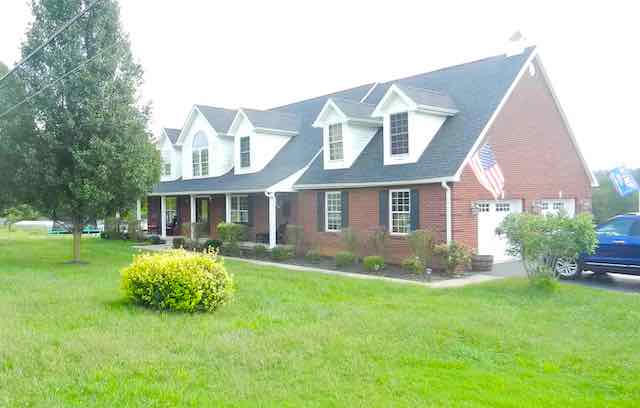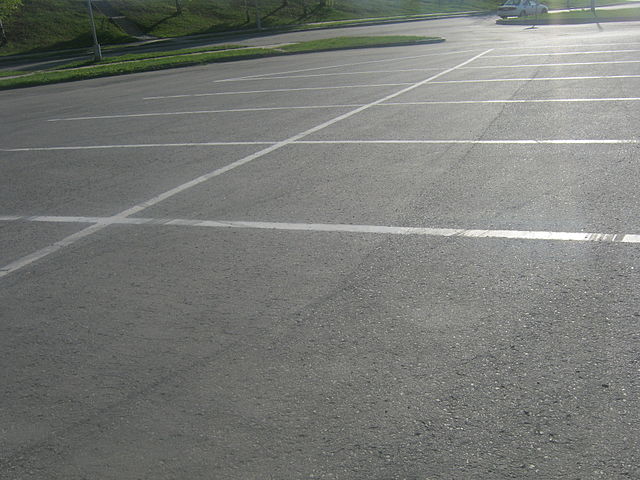With ridership stuck at around 37 percent of 2019 levels, transit advocates have stopped claiming that transit is energy-efficient and climate-friendly. Even in 2019, transit wasn’t particularly green, but the fall-off in ridership associated with the pandemic has completely destroyed any claim that transit agencies may have that they save energy by providing an alternative to the automobile.
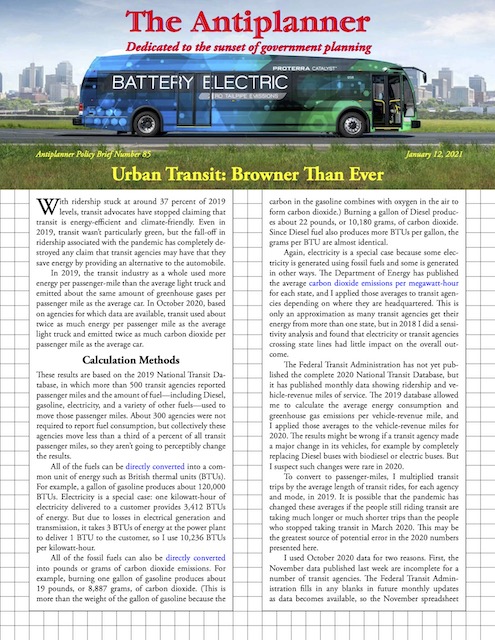 Click image to download a four-page PDF of this policy brief.
Click image to download a four-page PDF of this policy brief.
In 2019, the transit industry as a whole used more energy per passenger-mile than the average light truck and emitted about the same amount of greenhouse gases per passenger mile as the average car. In October 2020, based on agencies for which data are available, transit used about twice as much energy per passenger mile as the average light truck and emitted twice as much carbon dioxide per passenger mile as the average car. Continue reading

